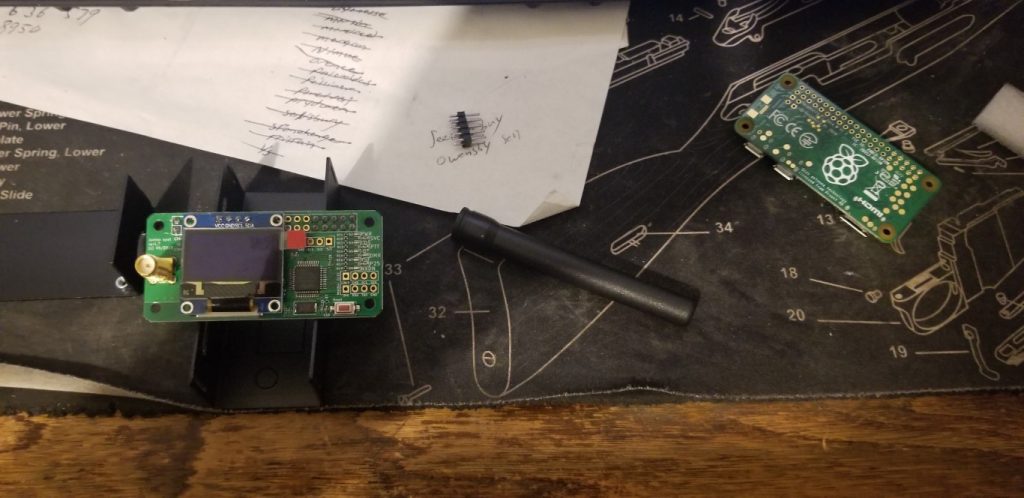I am a big fan of home network security. As the father of three kids and the one in charge of the network at home, I am constantly worried about online safety. Over the years I have tried many different security solutions and am now running Sophos XG at home. Sophos is one piece of my home setup, and you can see more of my setup here.
A few years back, I got tired of the constant reboots I was having to do to my consumer router. It seemed that if I didn’t reboot it every few days to a week, it would cause my network to become laggy. I had the problem in varying forms and severity across several routers. I decided to switch to Ubiquiti equipment, and ran that up until this year. I used an EdgeRouter Lite as my main router and a UniFi UAP-LR as my access point. This was a great combination for many years. I also used Open DNS as a content filter for many years to help the inside to outside security.
Although the EdgeRouter was a great router/firewall and OpenDNS a great filter, I really wanted the filter on the local network. The more network between my users and the equipment protecting them, the more vulnerable the protection is. With OpenDNS, there was a lot of network in between, most of which was out of my control. I read about hardware/software firewalls like pfSense, Sophos and Untangle and was really interested in using them as a solution. After looking into the available options, I wound up choosing Sophos XG as my firewall. There really isn’t a well defined reason I chose it, as all three options are really solid.
Having picked up an old Dell Poweredge 1950 III a few years back, I wanted to stay with rack mount type equipment for my network stuff. I wound up grabbing a Roswell brand 2U case and a Lenovo ThinkCentre with a core i5-2500 3.3GHz processor and 4GB of ram. I pulled the hardware out of the ThinkCentre and put it in the 2U case. 4GB is the Sophos home user (free for home users) RAM cap, so the ThinkCentre’s hardware worked out perfectly.








